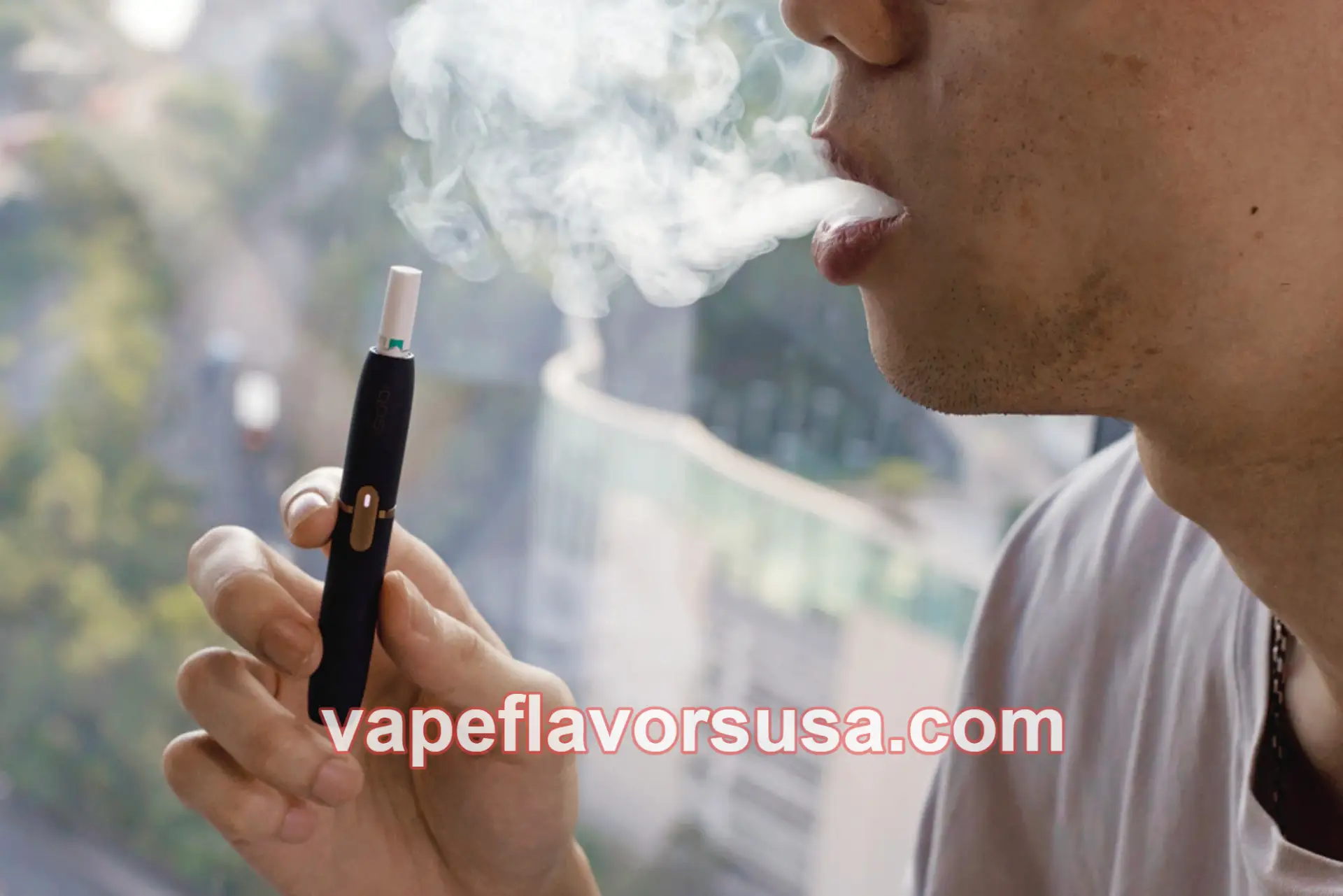As the landscape surrounding vaping products continues to evolve, governments around the world have been racing to catch up with the growing industry, working toward effective regulation to protect both public health and national interests. The 2025 national tobacco conference in the U.S. stressed the importance of maintaining vigilant oversight of emerging tobacco-related products, including vapes, to curb illicit activities, enhance regulatory mechanisms, and ensure that both consumers and national economic interests are safeguarded. In this light, one region has stood out for its comprehensive approach to vape regulation—providing a model for effective and proactive governance.

Comprehensive Regulatory Framework for Vape Industry Oversight
At the forefront of regulating the vape industry is a region with a concentration of vape-related manufacturing businesses. The task of regulating these businesses is complex, but local authorities have been diligently refining their approaches to enforce standards from production to retail. From licensing and legal compliance to tackling illicit sales and ensuring the safe use of vape products, the regulatory bodies have made significant strides in creating a structured and legal environment for both manufacturers and consumers.
For example, authorities in this region regularly conduct “random checks” and inspections to monitor compliance among vape manufacturers. Enforcement officers will typically visit production facilities, inspect factory floors, check production records, and review raw material sourcing and testing reports. These proactive inspections ensure that manufacturers are adhering to stringent legal standards, which is essential for protecting both consumers and public health.
Strengthening the Licensing and Inspection Process
One of the cornerstones of the regulatory model is the dynamic management of vape manufacturer licenses. Governments have implemented a comprehensive licensing system where companies are closely monitored for operational activity. Manufacturers who fail to produce or sell their products for extended periods face regulatory warnings, and are required to submit updated paperwork to maintain their licenses. This system ensures that only active and compliant companies remain in business, which contributes to a healthier overall market.

A key part of this process involves a detailed review and verification of production reports, including safety audits and product testing data. Authorities also examine whether companies are providing consumers with accurate information regarding vape flavors and safety standards. Ensuring that products meet the highest safety standards—particularly when it comes to ingredients like nicotine and other chemicals—has become one of the top priorities.
Addressing the Challenge of Market Oversight
One of the major challenges in regulating the vape market has been ensuring consistency in enforcement, especially given the diverse range of retail channels and the international nature of the supply chain. To combat these challenges, the government has ramped up efforts to improve cross-regional and cross-departmental collaboration. By establishing partnerships between local law enforcement, customs, and health agencies, regulatory bodies can more effectively monitor both online and offline sales.
In 2024 alone, over 500 vape-related investigations were carried out, leading to the confiscation of large quantities of illegal products valued at over $500 million. This was a critical effort in dismantling illegal manufacturing rings and cracking down on counterfeit vape products. Notably, illicit products often pose health risks, as counterfeit manufacturers may not adhere to safety or ingredient regulations, and the flavors or nicotine concentrations in these products may be uncontrolled or misleading.
Despite these advances, the challenge remains immense. The vaporizer industry is growing exponentially, with new products and vape flavors being introduced all the time. In many cases, these new flavors are marketed as trendy, youthful, and enticing, targeting younger generations. This has raised concerns about the impact of vaping on teens, who may be particularly vulnerable to nicotine addiction.
Digital Tools and Technology: The Key to Smarter Regulation
Recognizing the power of technology, the regulatory agencies have incorporated digital tools and data analytics into their monitoring strategies. This includes the development of a big data risk assessment model that uses information from multiple departments—including customs, tax authorities, and online platforms—to track potential compliance violations in real time.
By creating a digital “profile” for each manufacturer and retail distributor, regulators can more effectively predict and prevent unlawful activities. This approach also allows authorities to identify risky products faster, such as those with unapproved vape flavors or misleading packaging that may deceive consumers into thinking they are purchasing a safe, regulated product.
In addition, local governments have leveraged blockchain technology to trace products from the point of manufacture all the way to the retail shelf. By securing every transaction with tamper-proof records, regulators can ensure product authenticity and prevent counterfeits from entering the market. This also helps prevent the illegal sale of products to minors, a growing concern in the world of vaping, where some flavors, like fruity or candy-inspired varieties, are particularly attractive to teenagers.
Targeting Youth: How Public Education Programs are Changing the Game
Public health campaigns have also played a vital role in tackling the rise of vaping among younger populations. Authorities have launched a variety of public education initiatives to raise awareness about the risks of vaping, especially among teens. Schools and local community centers have hosted seminars, workshops, and interactive sessions to teach young people about the dangers of nicotine addiction and the deceptive appeal of vape products.

One standout initiative is the “Youth Awareness and Legal Protection Campaign,” which focuses on both educating teens and empowering them to make informed decisions. Through a combination of educational content, real-life testimonials, and comprehensive law enforcement, the campaign has successfully cultivated a broader understanding of the dangers of vaping. Teens today are more aware of the potential harm associated with nicotine products, and this shift has been essential in preventing new generations from becoming dependent on vapes.
Further complementing these efforts are laws prohibiting the advertisement and promotion of vape products on platforms frequently used by young people, such as social media. Regulations have been introduced to ensure that e-cigarette companies do not glamorize or market their products in a way that could appeal to minors. Social media platforms have been required to ramp up efforts to monitor and remove content promoting vape products.
Raising the Stakes for Manufacturers: The Role of Corporate Responsibility
Regulation isn’t solely the responsibility of government agencies—manufacturers also play a crucial role in ensuring their products are safe and compliant. In recent years, a number of high-profile corporate responsibility initiatives have emerged, particularly from large vape producers who are keen to show that they are taking the issue of public health seriously.
For example, some companies have voluntarily pulled certain flavored products from the market or adjusted their formulations to reduce the appeal to younger consumers. Others have implemented comprehensive labeling systems that provide clear information about nicotine content and potential health risks. This move toward transparency and accountability is an important step in rebuilding public trust, as the vape industry has often faced scrutiny over its marketing practices and product safety.
The Road Ahead: Can Global Vape Regulations Keep Up?
As the global vape market continues to expand, the question remains: Can regulations keep pace with innovation? With new products and vape flavors constantly hitting the market, regulatory agencies are under increasing pressure to stay ahead of the curve. This will require not only strict enforcement and monitoring but also a commitment to collaborative global regulation. Governments worldwide need to share insights and work together to prevent illegal vape trade and safeguard public health.

To effectively balance market growth with consumer safety, the adoption of a comprehensive, adaptable regulatory framework is essential. This includes digital monitoring, cross-border cooperation, and consumer education, along with ongoing research into the long-term effects of vaping. Without this multi-faceted approach, the risks associated with the vaping industry will likely continue to outweigh its benefits.
The good news is that, by learning from successful models of oversight and regulation—whether it’s through cross-jurisdictional cooperation or data-driven enforcement—governments can build stronger, more resilient frameworks for protecting public health while fostering innovation in the vaping sector.
As the debate around vaping continues to evolve, one thing is clear: Effective regulation is key. By striking a balance between enforcement, education, and corporate responsibility, authorities can create a regulatory ecosystem that ensures the vaping industry remains safe, legal, and responsible for years to come.

